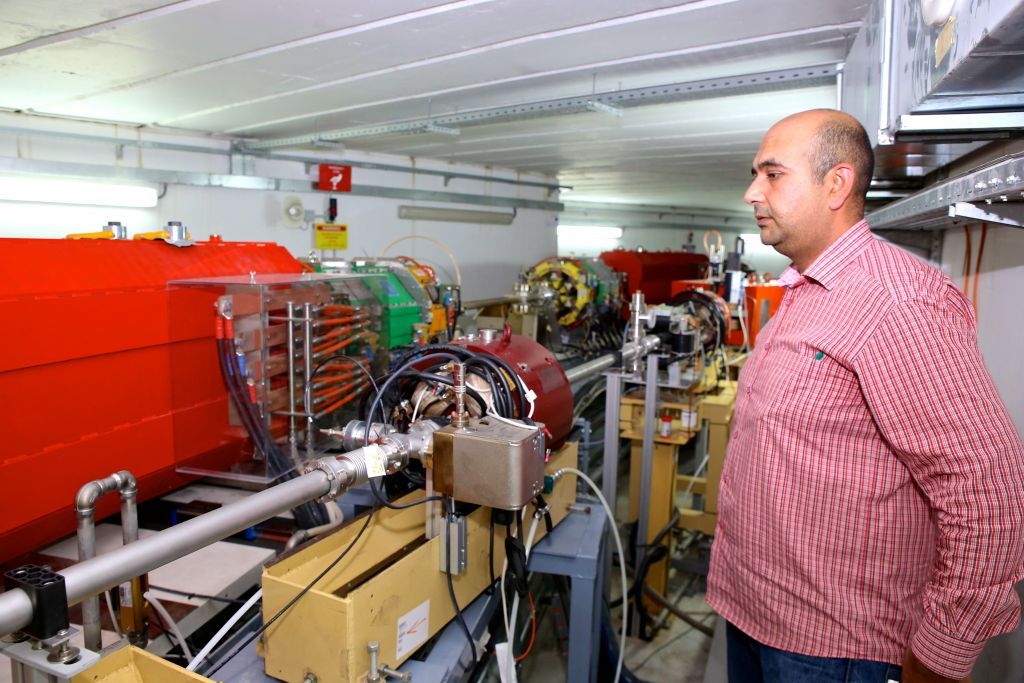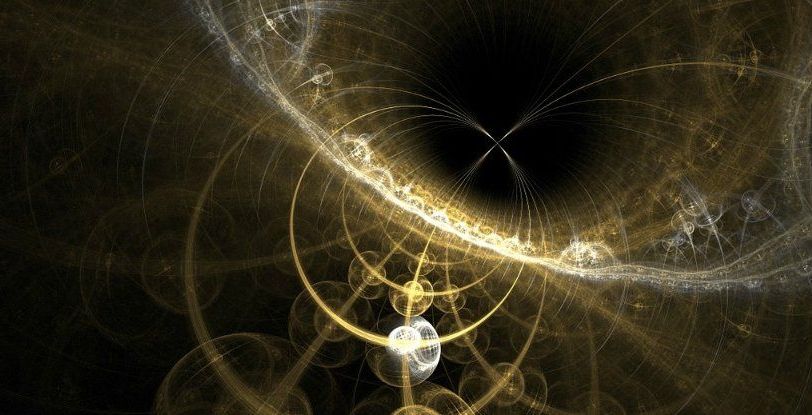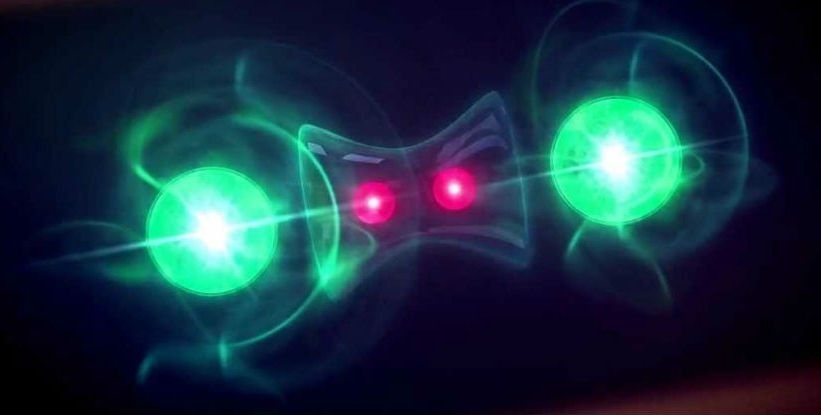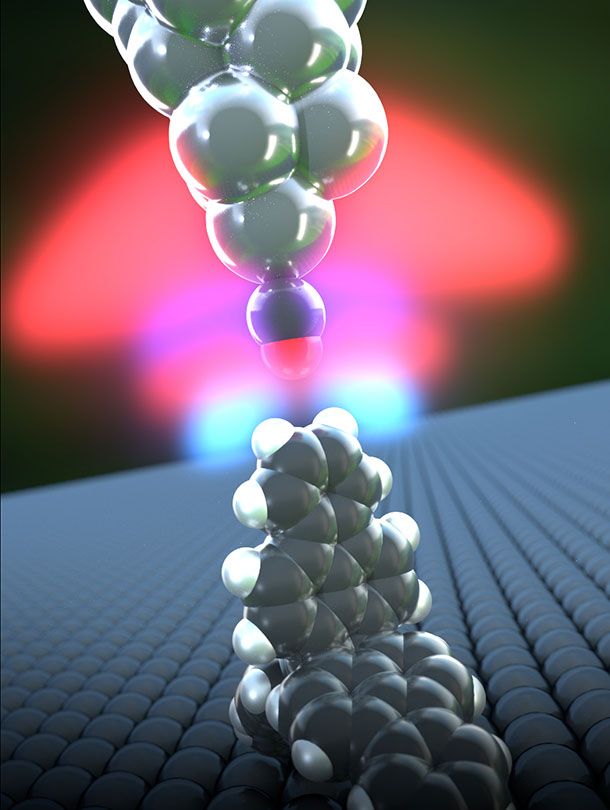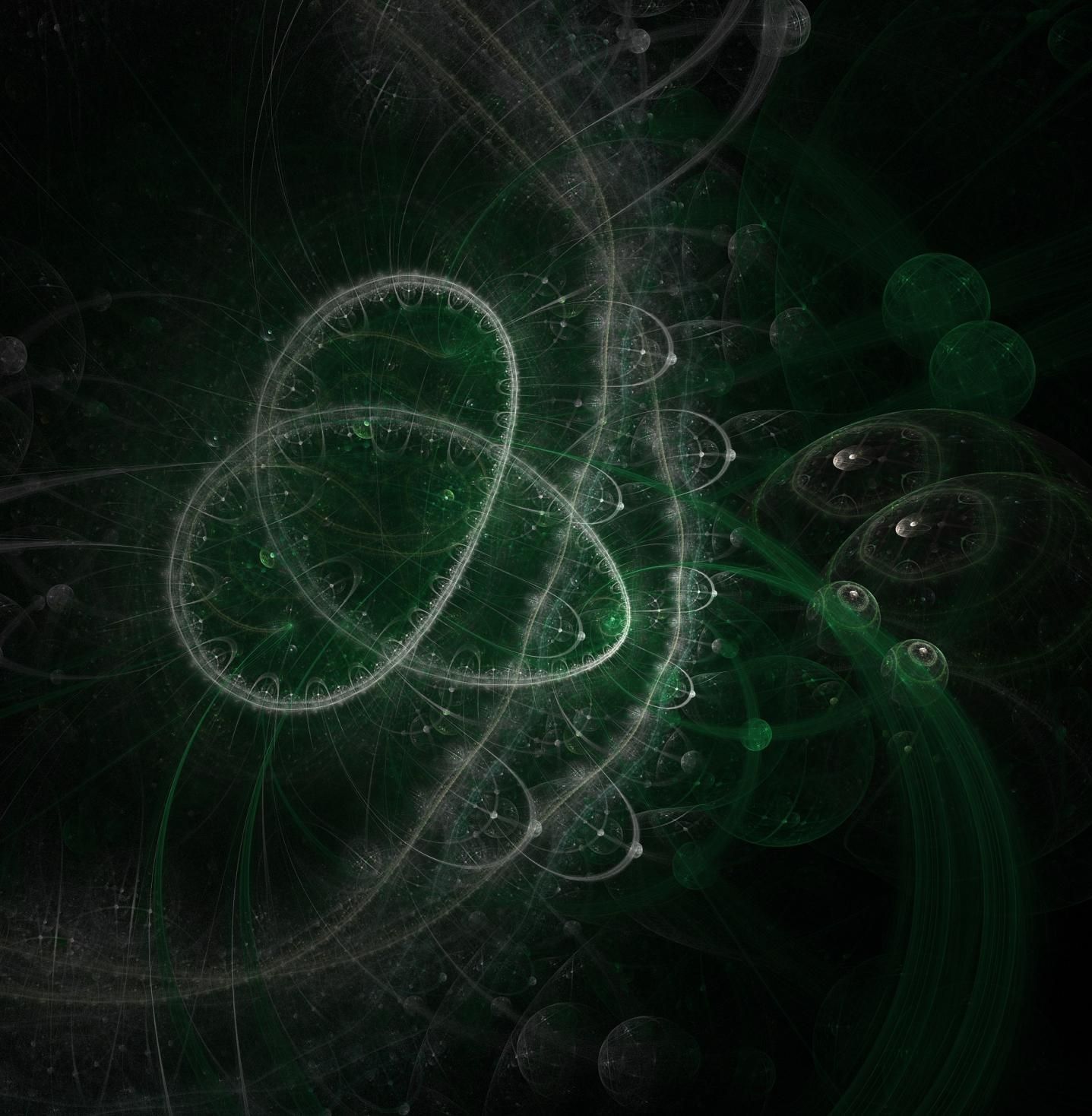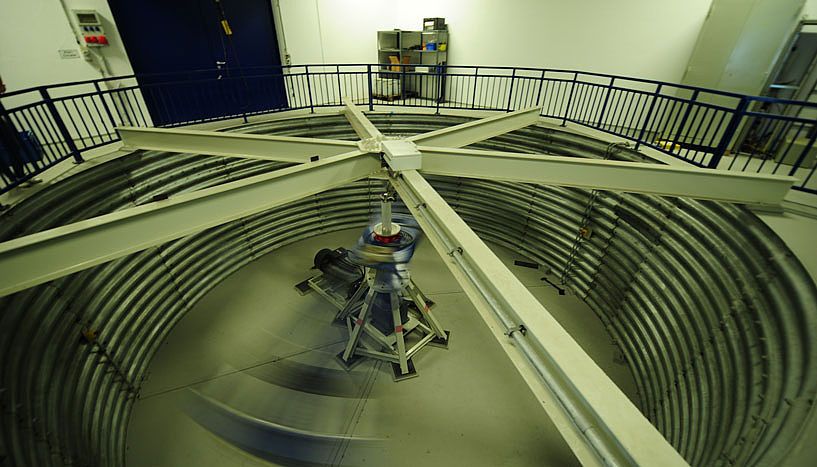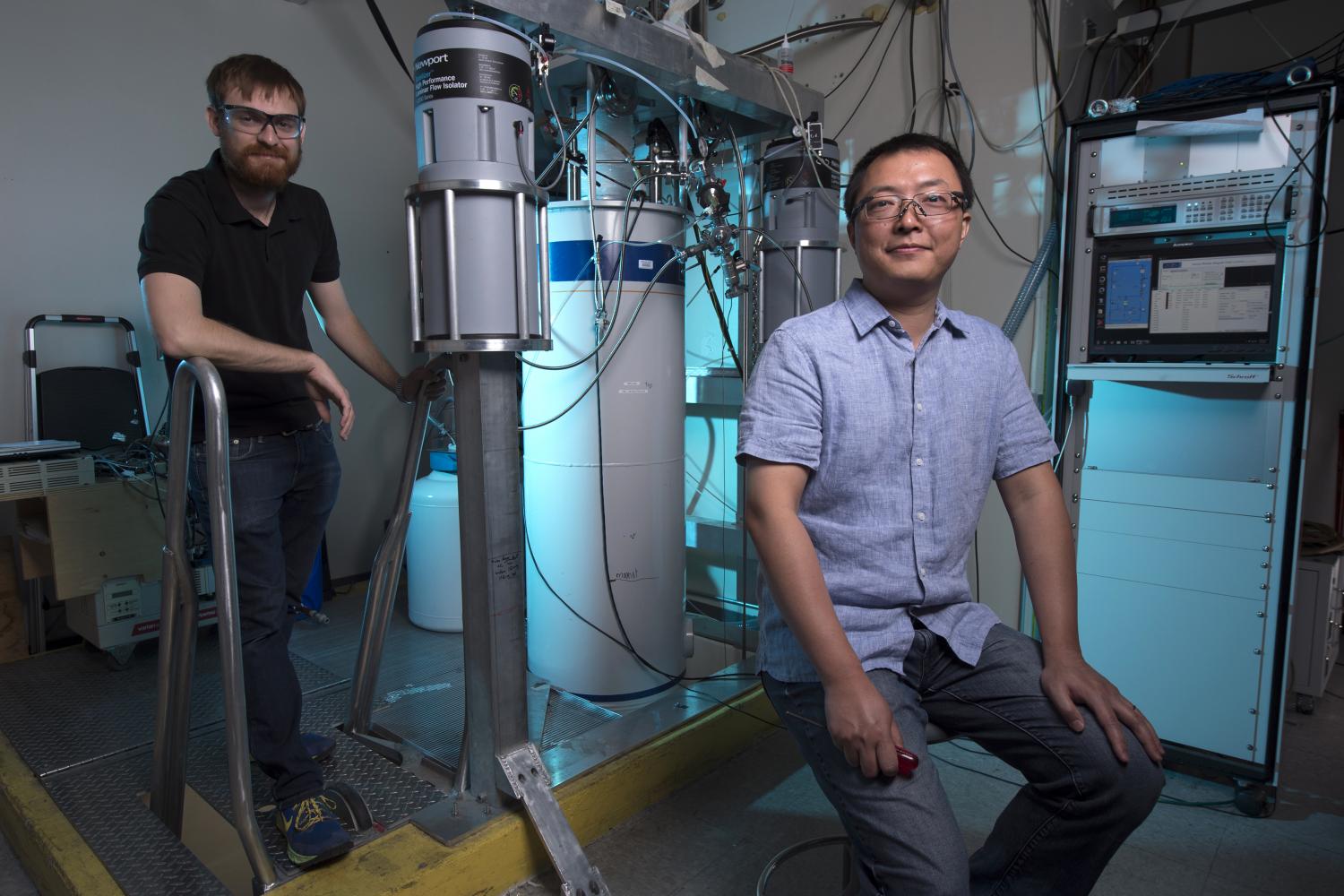Israel and its neighbors, including Iran and Pakistan, join forces to build the region’s first particle accelerator.
Category: particle physics – Page 565
Quantum communication is a strange beast, but one of the weirdest proposed forms of it is called counterfactual communication — a type of quantum communication where no particles travel between two recipients.
Theoretical physicists have long proposed that such a form of communication would be possible, but now, for the first time, researchers have been able to experimentally achieve it — transferring a black and white bitmap image from one location to another without sending any physical particles.
If that sounds a little too out-there for you, don’t worry, this is quantum mechanics, after all. It’s meant to be complicated. But once you break it down, counterfactual quantum communication actually isn’t as bizarre as it sounds.
For the first time, scientists have subjected quantum entanglement to extreme levels of acceleration, and there’s nothing fragile about this “spooky action at a distance” - it’s way more robust than we thought.
In recent experiments, entangled particles held firm even while being accelerated to 30g — 30 times Earth’s acceleration — and the results could have a big impact on our search for a unified theory of modern physics.
“These experiments shall help [us] unify the theories of quantum mechanics and relativity,” says one of the team, Rupert Ursin, from the University of Vienna, Austria.
For the first time, scientists have succeeded in studying the strength of hydrogen bonds in a single molecule using an atomic force microscope. Researchers from the University of Basel’s Swiss Nanoscience Institute network have reported the results in the journal Science Advances.
Hydrogen is the most common element in the universe and is an integral part of almost all organic compounds. Molecules and sections of macromolecules are connected to one another via hydrogen atoms, an interaction known as hydrogen bonding. These interactions play an important role in nature, because they are responsible for specific properties of proteins or nucleic acids and, for example, also ensure that water has a high boiling temperature.
To date, it has not been possible to conduct a spectroscopic or electron microscopic analysis of hydrogen and the hydrogen bonds in single molecules, and investigations using atomic force microscopy have also not yielded any clear results.
For an empirical science, physics can be remarkably dismissive of some of our most basic observations. We see objects existing in definite locations, but the wave nature of matter washes that away. We perceive time to flow, but how could it, really? We feel ourselves to be free agents, and that’s just quaint. Physicists like nothing better than to expose our view of the universe as parochial. Which is great. But when asked why our impressions are so off, they mumble some excuse and slip out the side door of the party.
Physicists, in other words, face the same hard problem of consciousness as neuroscientists do: the problem of bridging objective description and subjective experience. To relate fundamental theory to what we actually observe in the world, they must explain what it means “to observe”—to become conscious of. And they tend to be slapdash about it. They divide the world into “system” and “observer,” study the former intensely, and take the latter for granted—or, worse, for a fool.
A purely atomic explanation of behavior may be just that: an explanation of what atoms do. It would say nothing about brains, much less minds.
Quantum entanglement, one of the most intriguing features of multi-particle quantum systems, has become a fundamental building block in both quantum information processing and quantum computation. If two particles are entangled, no matter how far away they are separated, quantum mechanics predicts that measurement of one particle leads to instantaneous wave-function collapse of the other particle.
Such “spooky action at a distance” is non-intuitive, and in 1935, Einstein attempted to use entanglement to criticize quantum mechanics to suggest that the quantum description of physical reality is incomplete. Einstein believed that no information could travel faster than light, and suggested that there might be some local hidden variable theories that could explain the world in a deterministic way, if and only if they obey realism and locality. In 1964, J. S. Bell showed that the debate can be experimentally resolved by testing an inequality; by measuring correlations between entangled parties, the result calculated from local hidden variable theories should be constrained by the Bell inequality, which, on the other hand, can be violated in the predictions of quantum mechanics.
By reducing the velocity of light dramatically, researchers at the Hong Kong University of Science and Technology implemented a Bell Test and were able to generate frequency-bin entangled narrowband biphotons from spontaneous four-wave mixing (SFWM) in cold atoms with a double-path configuration, where the phase difference between the two spatial paths can be controlled independently and nonlocally.
(Phys.org)—In the non-intuitive quantum domain, the phenomenon of counterfactuality is defined as the transfer of a quantum state from one site to another without any quantum or classical particle transmitted between them. Counterfactuality requires a quantum channel between sites, which means that there exists a tiny probability that a quantum particle will cross the channel—in that event, the run of the system is discarded and a new one begins. It works because of the wave-particle duality that is fundamental to particle physics: Particles can be described by wave function alone.
Well understood as a workable scheme by physicists, theoretical aspects of counterfactual communication have appeared in journals, but until recently, there have been no practical demonstrations of the phenomenon. Now, a collaborative of Chinese scientists has designed and experimentally tested a counterfactual communication system that successfully transferred a monochrome bitmap from one location to another using a nested version of the quantum Zeno effect. They have reported their results in the Proceedings of the National Academy of Sciences.
The quantum Zeno effect occurs when an unstable quantum system is subjected to a series of weak measurements. Unstable particles can never decay while they are being measured, and the system is effectively frozen with a very high probability. This is one of the implications of the well known but highly non-intuitive principle that looking at something changes it in the quantum realm.
Einstein’s “spooky action at a distance” persists even at high accelerations, researchers of the Austrian Academy of Sciences and the University of Vienna were able to show in a new experiment. A source of entangled photon pairs was exposed to massive stress: The photons’ entanglement survived the drop in a fall tower as well as 30 times the Earth’s gravitational acceleration in a centrifuge. This was reported in the most recent issue of Nature Communications. The experiment helps deepen our understanding of quantum mechanics and at the same time gives valuable results for quantum experiments in space.
Einstein’s theory of relativity and the theory of quantum mechanics are two important pillars of modern physics. On the way of achieving a “Theory of Everything,” these two theories have to be unified. This has not been achieved as of today, since phenomena of both theories can hardly be observed simultaneously. A typical example of a quantum mechanical phenomenon is entanglement: This means that the measurement of one of a pair of light particles, so-called photons, defines the state of the other particle immediately, regardless of their separation. High accelerations on the other hand can best be described by the theory of relativity. Now for the first time, quantum technologies enable us to observe these phenomena at once: The stability of quantum mechanical entanglement of photon pairs can be tested while the photons undergo relativistically relevant acceleration.
Physicists at the University of California, Irvine and elsewhere have fabricated new two-dimensional quantum materials with breakthrough electrical and magnetic attributes that could make them building blocks of future quantum computers and other advanced electronics.
In three separate studies appearing this month in Nature, Science Advances and Nature Materials, UCI researchers and colleagues from UC Berkeley, Lawrence Berkeley National Laboratory, Princeton University, Fudan University and the University of Maryland explored the physics behind the 2-D states of novel materials and determined they could push computers to new heights of speed and power.
The common threads running through the papers are that the research is conducted at extremely cold temperatures and that the signal carriers in all three studies are not electrons — as with traditional silicon-based technologies — but Dirac or Majorana fermions, particles without mass that move at nearly the speed of light.
Maybe 10 years away instead of 20?
The UK’s newest fusion reactor, ST40, was switched on last week, and has already managed to achieve ‘first plasma’ — successfully generating a scorching blob of electrically-charged gas (or plasma) within its core.
The aim is for the tokamak reactor to heat plasma up to 100 million degrees Celsius (180 million degrees Fahrenheit) by 2018 — seven times hotter than the centre of the Sun. That’s the ‘fusion’ threshold, at which hydrogen atoms can begin to fuse into helium, unleashing limitless, clean energy in the process.
“Today is an important day for fusion energy development in the UK, and the world,” said David Kingham, CEO of Tokamak Energy, the company behind ST40.
